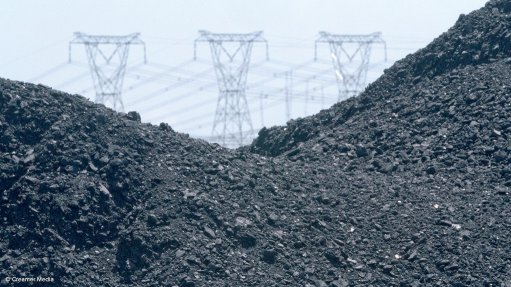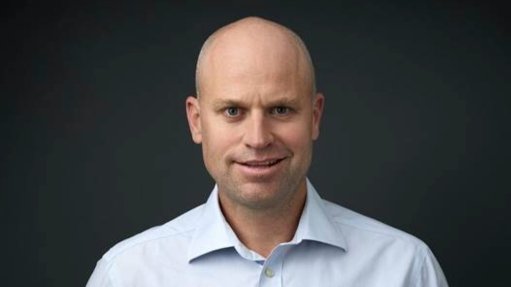Bowling for Michael Moore
Michael Moore is a famous film director, and one of the films he directed is Bowling for Columbine. The title refers to the true story that two students in their late teens – Eric Harris and Dylan Klebold, of Columbine High School, in the US state of Colorado – murdered 12 students and one teacher in a school shooting. Twenty others were injured. For weapons, the two had carbines, a pump- action shotgun, a semiautomatic handgun with one 52-, one 32-, and one 28-round magazine and a double-barrelled shotgun.
Moore’s film explored the shootings and how two young men, not yet in their twenties, could acquire such weaponry without difficulty and, obviously, why this happens in the US? There are sacred idols to be attacked. The US Constitution’s second amendment (ratified in 1791) states: “A well regulated militia, being necessary to the security of a free State, the right of the people to keep and bear arms, shall not be infringed.”
The gun lovers, supporting their Second Amendment rights, feel that the Columbine incident is balanced by the fact that there are tens of thousands of multiple gun owners who do not massacre their immediate public. For the gun haters, it is what happens when laws go unchecked. Bowling for Columbine is a bucket list movie.
On another topic: many of us engineers have been in despair over the renewable-energy movement. In South Africa, we know that there are no wind resources of any significance beyond the coastal plains; we know that the total output of all South African wind farms is 1 000 MW less than the nameplate output of one of the many Eskom coal stations of the 1980s and 1990s. We know that solar power is not available at night. We thus know that the energy future of this country can only be based on renewable energy provided there is a reliable backup when the renewable energy is not there. We know that no matter how one predicts offshore gas finds which will provide such reliable backup, they are not there right now. We know that Germany went heavy into renewables and it has not been a great success. We know that, incredibly, in Britain, the Drax power station burns so-called ‘biomass’ in 4 × 660 MW boilers where the biomass, in fact, are wood chips imported by sea from the US in oil-fuelled cargo ships. We know that the UK calls this “environmentally friendly”. To send wood chips by sea 4 000 miles across the Atlantic in a oil-burning freighter? Huh?
Until now, if any of us engineers raised doubts about renewable energy’s contribution or usefulness, we were roundly criticised. And now back to Michael Moore, who has produced another landmark film, Planet of the Humans. It is on YouTube. In this film, he and the narrator, writer and director, Jeff Gibbs, have a tilt at many renewables strategies. Some of it is not correct. But some really, really is. Predictably, some movements want the film removed from the Web, buried, censored. However, as with Bowling for Columbine, Moore and Gibbs are not really pushing fossil fuel generation. They are just saying that it can never be replaced by renewable energy, no matter the hype. What I see is that they are saying that we, as Earth, have reached our sustainable energy limit, no matter where we get the power from. We have to stop using so much energy. On the energy front, we have to throttle back our consumption. Importantly, we have to stop trying to fool people that we can go on with the two-week holidays in the sun, disposable goods, lush decorations. The whole industry of stamping and milling and blowing and cheap smart clothes imported from miles away and so on, we cannot have this anymore, since fossil fuels will not sustain this consumption, and renewables won’t replace it. This is what Moore and Gibbs say, I think. But see the film. See it. And, if you are that sort of nerd (I am), the sound dubbing is magnificent.
Article Enquiry
Email Article
Save Article
Feedback
To advertise email advertising@creamermedia.co.za or click here
Comments
Press Office
Announcements
What's On
Subscribe to improve your user experience...
Option 1 (equivalent of R125 a month):
Receive a weekly copy of Creamer Media's Engineering News & Mining Weekly magazine
(print copy for those in South Africa and e-magazine for those outside of South Africa)
Receive daily email newsletters
Access to full search results
Access archive of magazine back copies
Access to Projects in Progress
Access to ONE Research Report of your choice in PDF format
Option 2 (equivalent of R375 a month):
All benefits from Option 1
PLUS
Access to Creamer Media's Research Channel Africa for ALL Research Reports, in PDF format, on various industrial and mining sectors
including Electricity; Water; Energy Transition; Hydrogen; Roads, Rail and Ports; Coal; Gold; Platinum; Battery Metals; etc.
Already a subscriber?
Forgotten your password?
Receive weekly copy of Creamer Media's Engineering News & Mining Weekly magazine (print copy for those in South Africa and e-magazine for those outside of South Africa)
➕
Recieve daily email newsletters
➕
Access to full search results
➕
Access archive of magazine back copies
➕
Access to Projects in Progress
➕
Access to ONE Research Report of your choice in PDF format
RESEARCH CHANNEL AFRICA
R4500 (equivalent of R375 a month)
SUBSCRIBEAll benefits from Option 1
➕
Access to Creamer Media's Research Channel Africa for ALL Research Reports on various industrial and mining sectors, in PDF format, including on:
Electricity
➕
Water
➕
Energy Transition
➕
Hydrogen
➕
Roads, Rail and Ports
➕
Coal
➕
Gold
➕
Platinum
➕
Battery Metals
➕
etc.
Receive all benefits from Option 1 or Option 2 delivered to numerous people at your company
➕
Multiple User names and Passwords for simultaneous log-ins
➕
Intranet integration access to all in your organisation


















